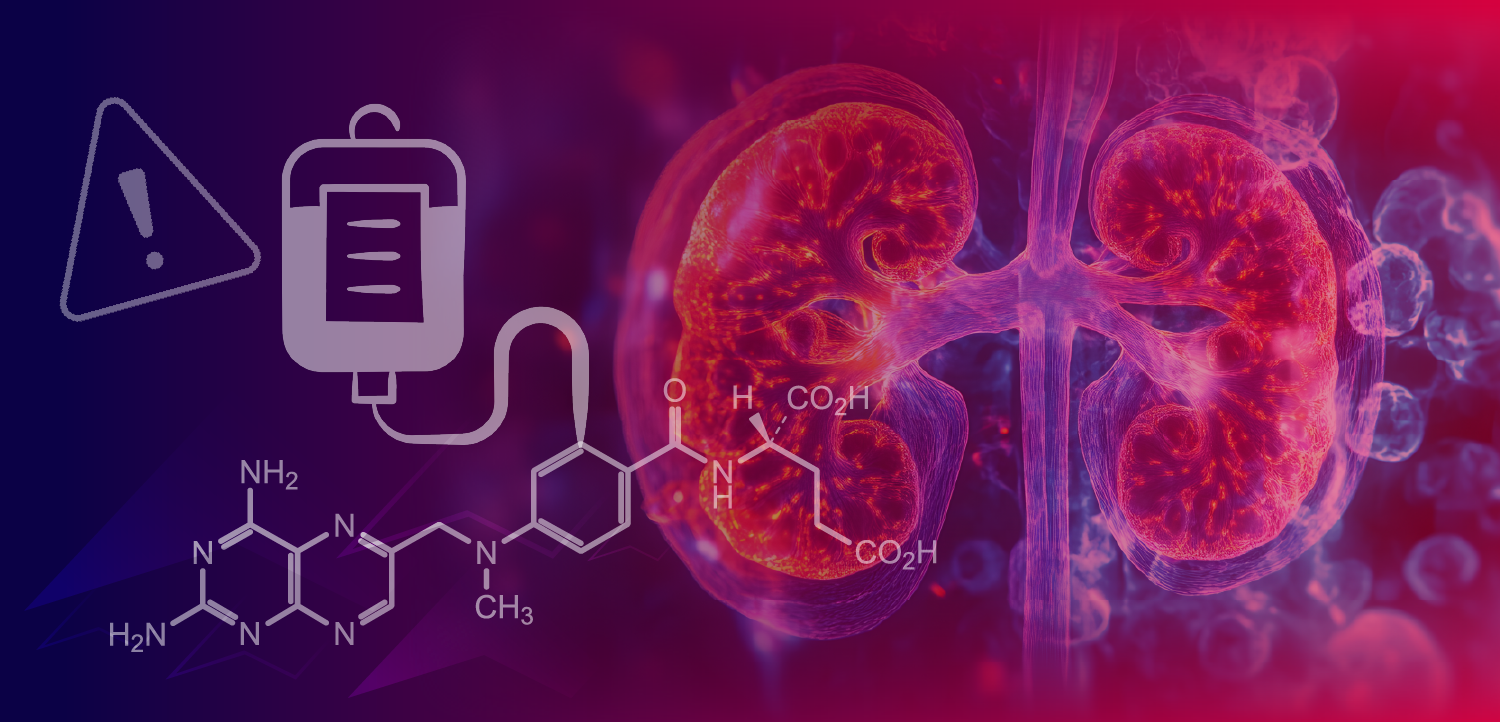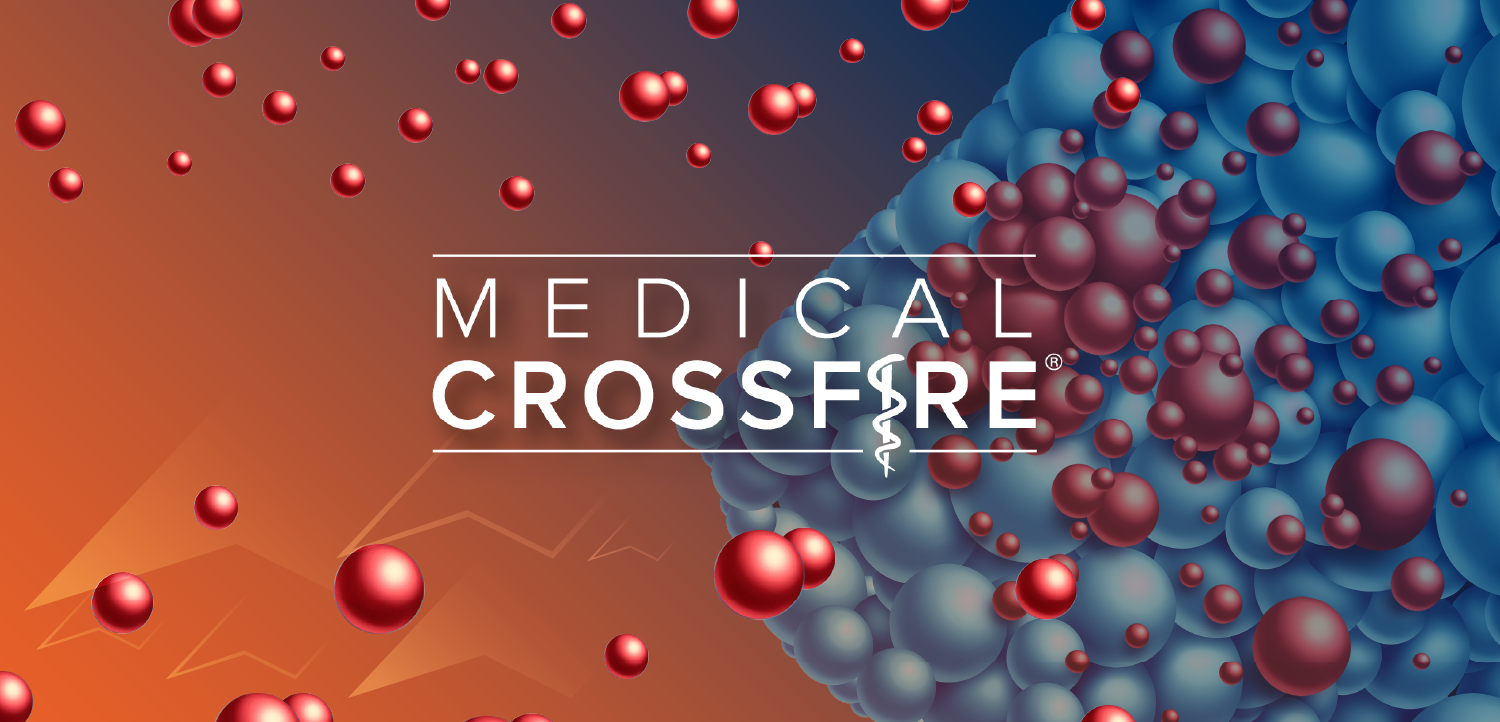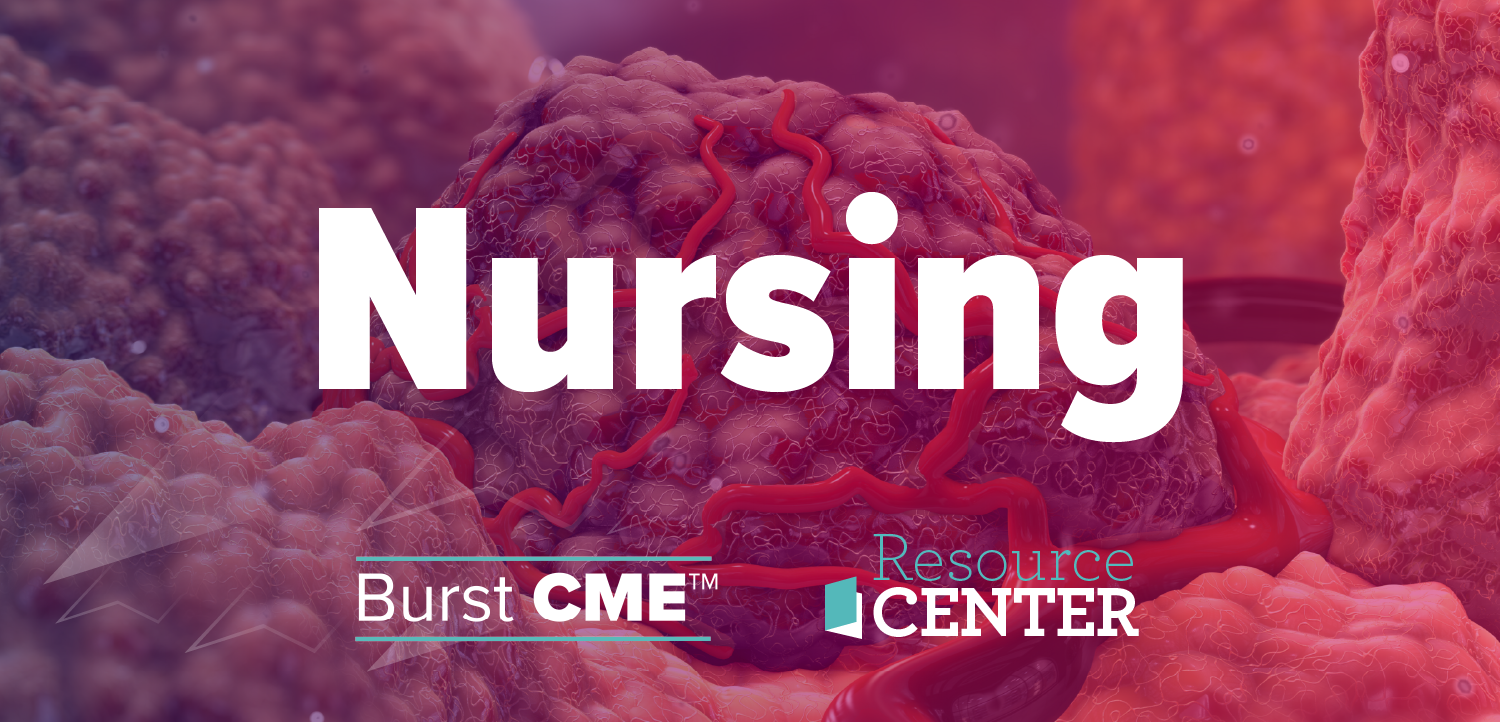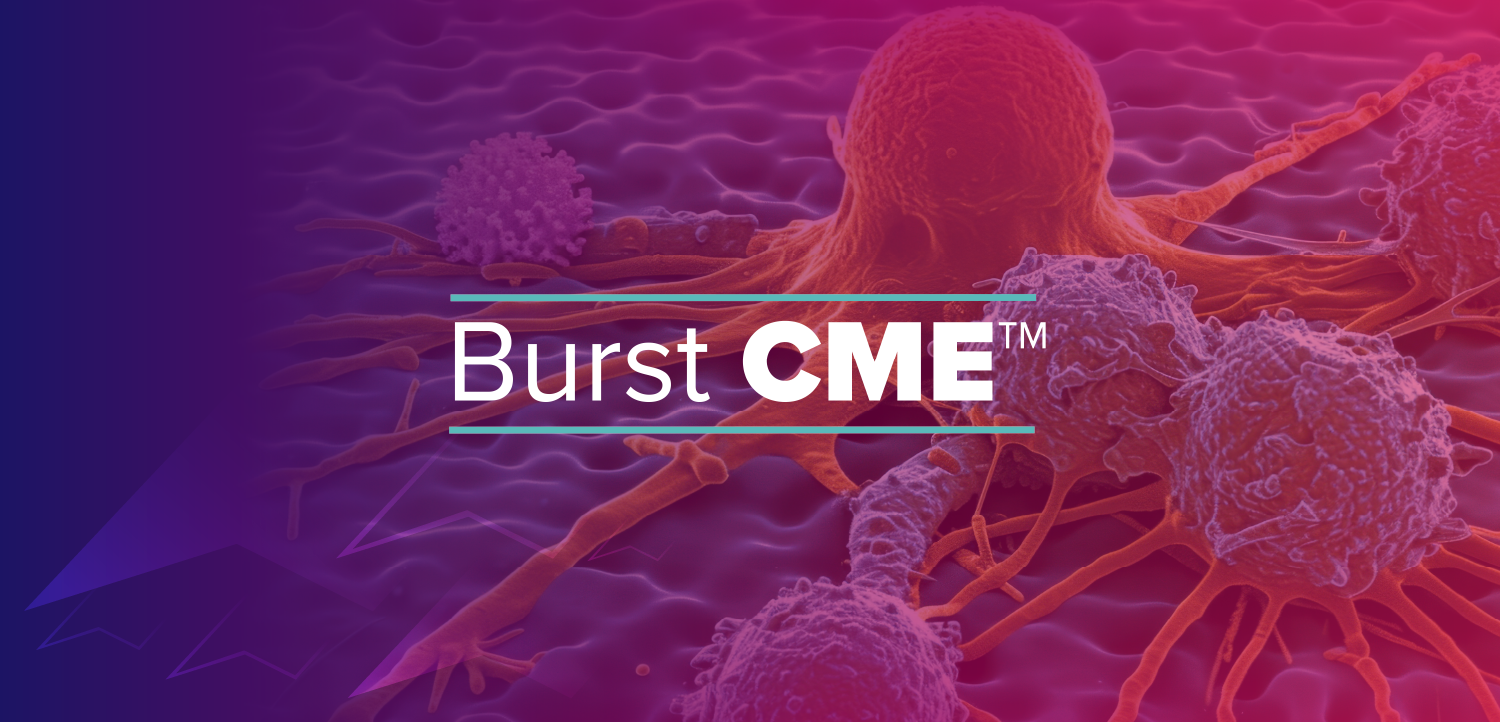
Both irinotecan (CPT-11, Camptosar) and paclitaxel have beenshown to have single-agent activity in adenocarcinomas of the esophagusand gastric cardia. A phase I trial of the combination at UCLAestablished the dose as irinotecan at 225 mg/m2 and paclitaxel at100 mg/m2 every 3 weeks. Preliminary data from a phase II trial of thisregimen in adenocarcinomas of the gastroesophageal junction showgood tolerability and promising activity (response rate of 27%), even inA previously treated patients.



























































































